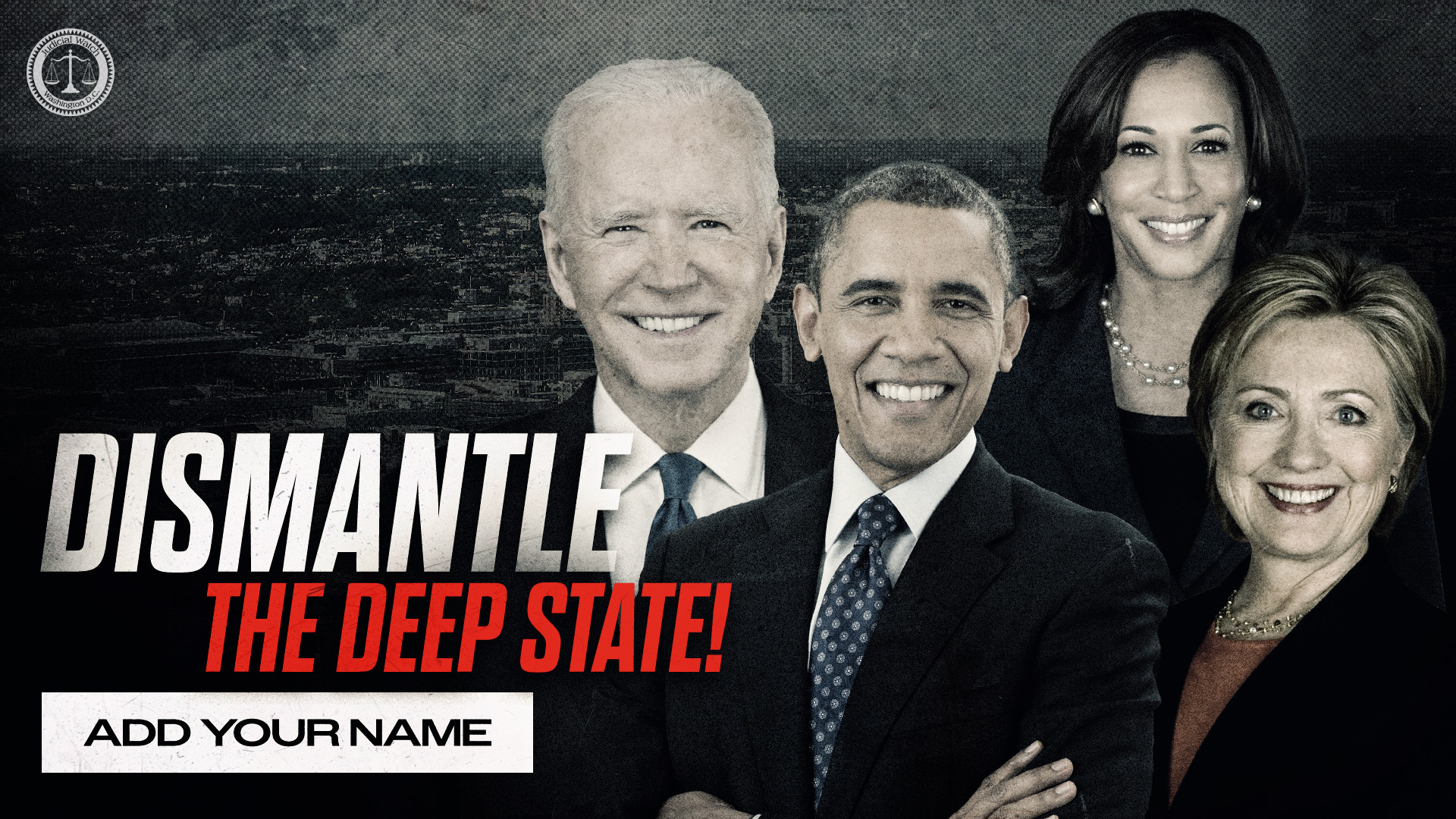
De Blasio’s New York Slips Toward a Crisis of Crime & Disorder

New York Mayor Bill de Blasio’s withdrawal from the presidential race last week is a lost opportunity. A successful de Blasio effort in the Democratic primaries—his was anything but—could have sparked a necessary national debate over signs of rising disorder in American cities.
We haven’t returned to the bad old days of the 1970s and 1980s. The troubles of that era had many causes: disappearing jobs, changes in social welfare policy, changes in cultural attitudes, deinstitutionalization of the mental health system, drug wars, crack cocaine, a surging crime rate—all intersecting to drain the vitality of neighborhoods and stamp countless urban tableaus of Dantean despair. For many of the younger new urbanites, noted the Manhattan Institute’s City Journal, those days are “little more than sensational headlines from a barely imaginable world.”
But it is a world not long gone and one that could return. In New York and other urban centers, warning signs are flashing. Overall in New York, for example, the crime rate is down—way down—from the highs of the early 1990s. But shootings are up almost 8% over the previous year. Gun arrests are up more than 20%. Hate crimes have jumped sharply, a 41% increase from the previous year, according to NYPD statistics. The majority of the incidents—152 out of 290—were anti-Semitic.
Some neighborhoods are seeing an alarming increase in major crimes. In the 10 police precincts that make up the Brooklyn North police command, writes journalist Errol Louis, the first five months of 2019 saw an “8% increase in homicides, 10% increase in rapes and a 20% increase in shooting victims.”
While de Blasio campaigned in South Carolina in June, Louis noted, “a 21-year-old man was shot in the head in the middle of the afternoon” in Crown Heights. It was “an unnerving spring for those of us raising children in the zone.”
Throughout the city, anecdotal reports of unsettling incidents—harassment, menacing, petty theft, public urination, graffiti, dope smokers, turnstile jumpers—are increasing. Many of these are the so-called victimless crimes at the center of the debate over the “Broken Windows” policing strategy. Broken Windows is a metaphor for urban decline. The building with an unrepaired broken window will soon lead to the other windows being broken and more disorderly conduct. “A neighborhood where minor offenses go unchallenged soon becomes a breeding ground for more serious criminal activity and, ultimately, violence,” write former NYPD commissioner William Bratton and George Kelling, the father of the Broken Windows theory.
New York officials in recent years have decriminalized quality-of-life crimes such as public urination, public drinking, littering and subway turnstile jumping to beat fares. “New Yorkers are beginning to experience the decline” from these actions, the Wall Street Journal wrote in August. “The most visible results have been dirtier streets and rising public drug use.”
Nationwide, a new generation of progressive urban politicians are pushing the social experiment, writes urban policy expert Steven Malanga in City Journal. “They’re pulling back on enforcement of quality-of-life infractions, ceding public space again to the homeless and drug users, undermining public school discipline, and releasing violent criminals back into communities or refusing to prosecute them in the first place. And lo and behold, crime is starting to rise, and the streets of otherwise successful cities like San Francisco and Seattle, and even parts of New York, are filling up with human excrement, drug paraphernalia, and illness-wracked homeless encampments.”
Back in New York and with two years left in office, de Blasio is courting a resurgent left wing. He promises to keep the city in “the vanguard of progressivism” and also “redouble…efforts to improve the quality of life of everyday New Yorkers.” But those two goals may be irreconcilable. Signs are mounting that New York is slipping toward a crisis of crime and disorder. That distant noise you hear is the sound of windows breaking.
***
Micah Morrison is chief investigative reporter for Judicial Watch. Follow him on Twitter @micah_morrison. Tips: mmorrison@judicialwatch.org
Investigative Bulletin is published by Judicial Watch. Reprints and media inquiries: jfarrell@judicialwatch.org
















